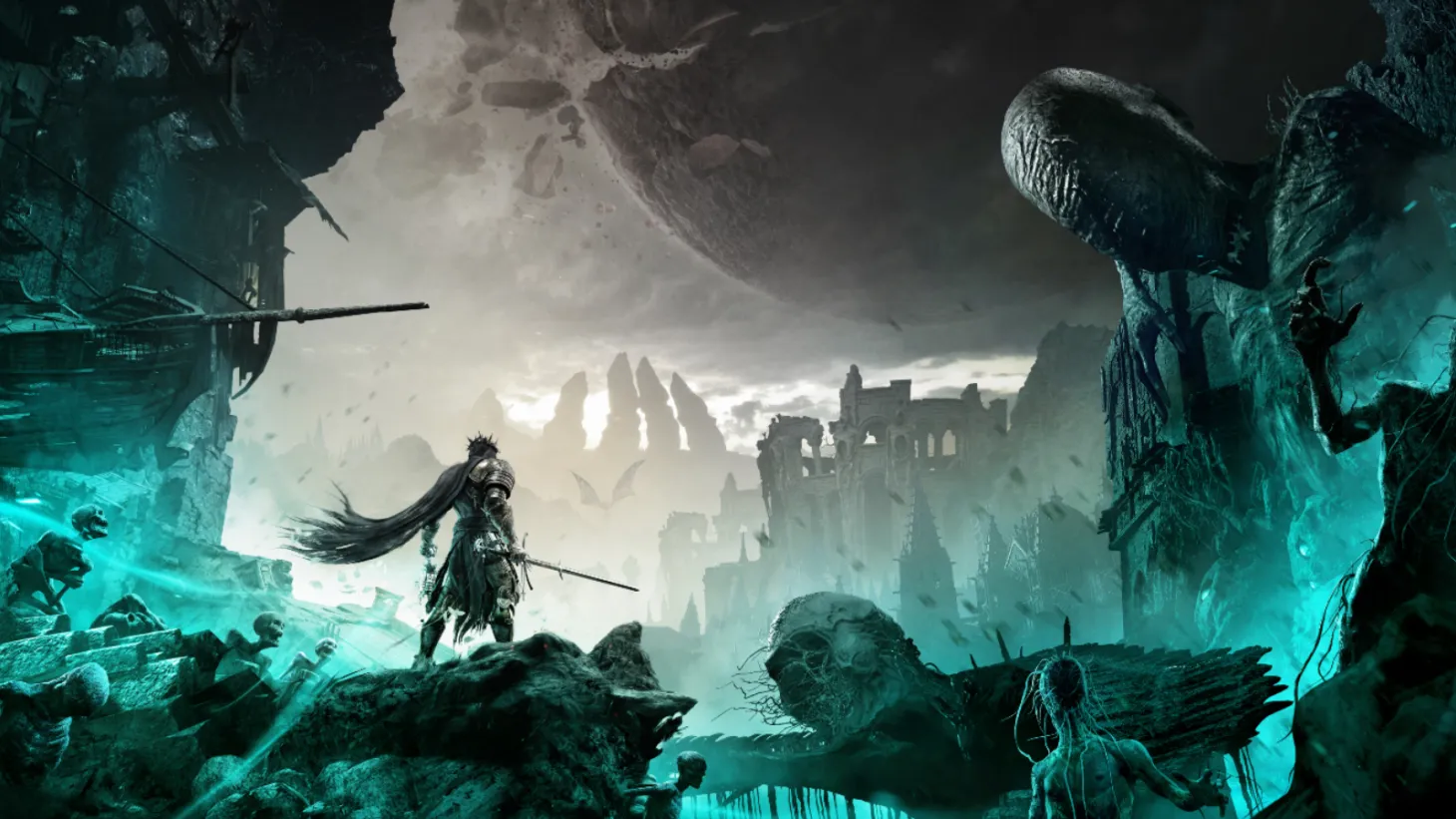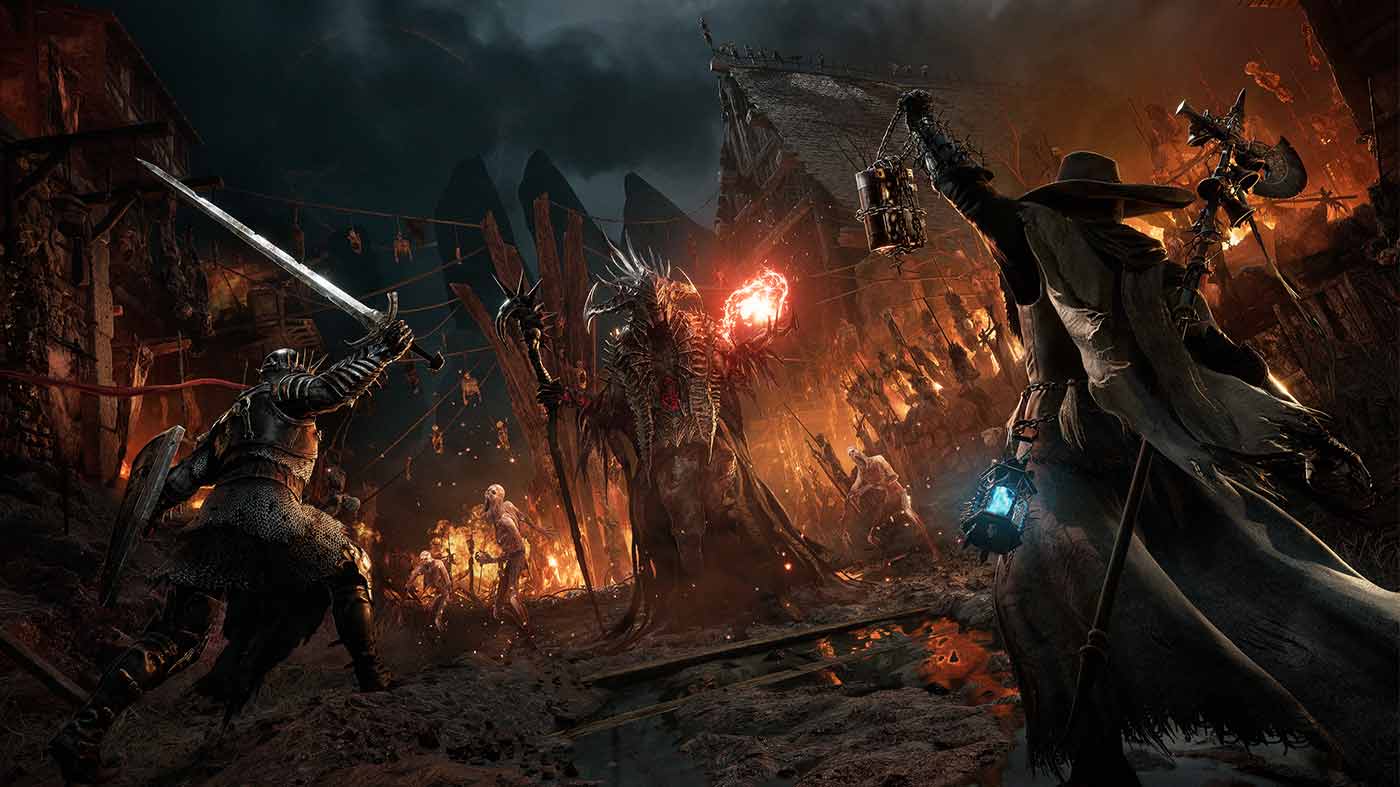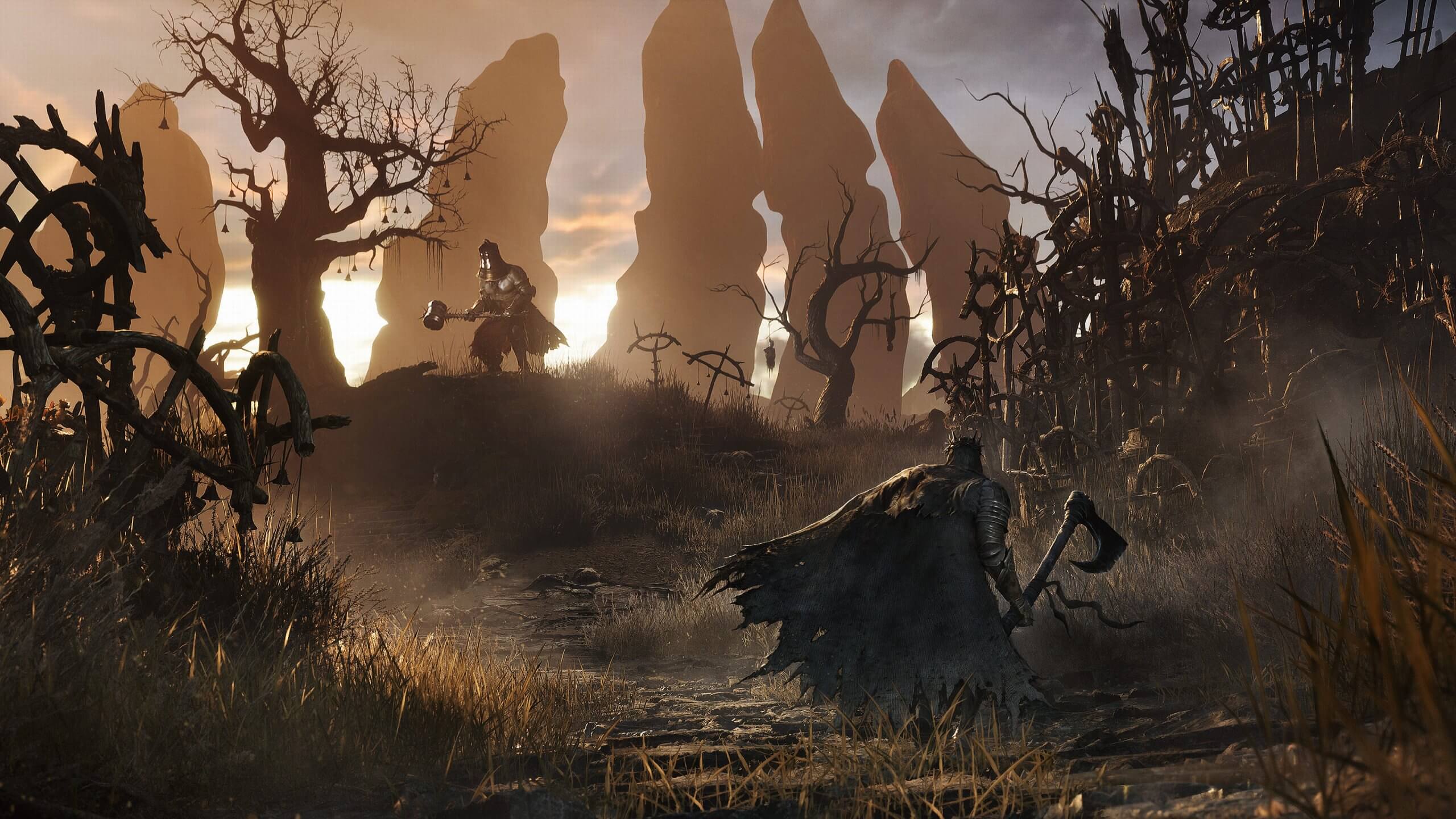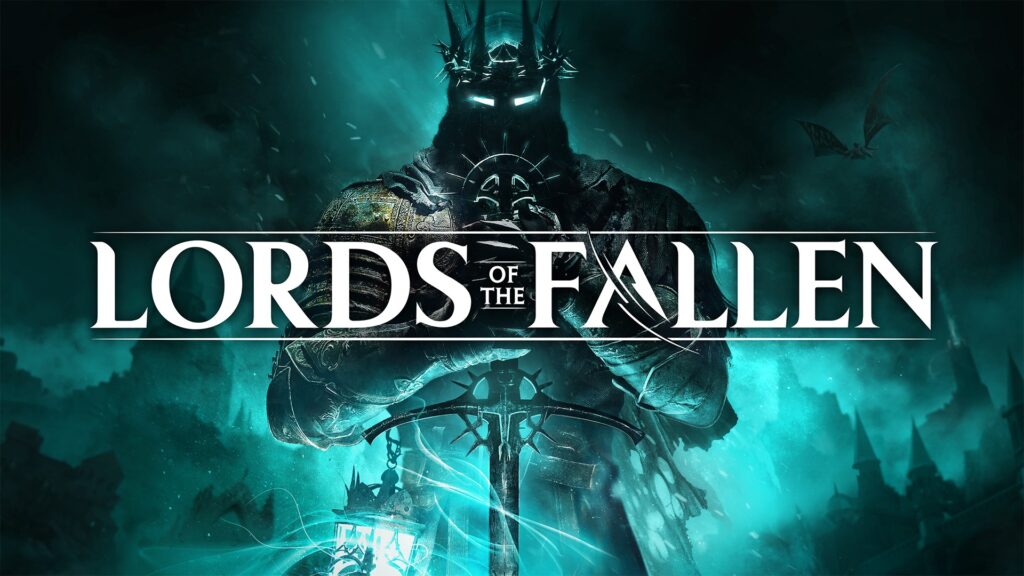Lords of the Fallen, developed by Hexworks, is one of the most confusing and frustrating Soulslike games I have played this year. Even after sinking 40+ hours into this game, I continue to walk away feeling annoyed and dejected, but also confident and emboldened to tackle the next obstacle. This push-and-pull gameplay is the heartbeat of my frustrations. The game beats erratically, with its temperamental graphical glitches, forgettable characters and story, layered with insanely chaotic design choices.

Set in the world of Mournstead, 1000 years after the events of Lords of the Fallen 2014, We are thrust into the limelight as the “chosen one” tasked to light five beacons spread across the land to prevent the return of a big bad demon, whose sole purpose is to enslave the world. You know the drill by now.
That’s as far as I understood with the plot. The story here is, at best, paper thin. I thought Dark Souls NPCs were vague, but this game gives them a run for their money. Characters you encounter on your task live in this world for the sole purpose of repeating the same lines for the duration of your journey, not really adding any additional lore or world-building. When they do talk, it’s ambiguous and at times, nonsensical. I’m still lost as to why it’s been presented this way. I’m sure that there is a deeper story involved here, but I think to get to that point of impact, you would need to invest a lot of your time to seek and understand its vague presentation choices.
What sets this game differently to Dark Souls is its dual-world design, named the Umbral. You are given a lantern early in the game that allows you to peer into this new world which runs parallel to the dimension of the living. The Umbral is the world of the dead, a unique take on this soulslike genre and a core gameplay mechanic. This dimension is often used to help you navigate the world as well as complete the numerous unique puzzles scattered throughout your journey. The Umbral is also your last resort before you encounter the game overscreen. Once you die in the world of the living, you are given one more chance in the world of the dead to return to life using carefully placed totems around the world.

The Umbral is also home to the biggest issue in this game. The abundance of enemies that swarm you. I’m not talking about 2 or 3 carefully placed enemies, I am talking 10 at minimum at any given time, all the time, without any care in placement. The way enemies are thrown at you is constant, some sections are so dense it’s exhausting. After the 20-hour mark, all I did was run through the game as mobs chased me down the narrow halls.
The frequent storm of enemies also occurs in the world of the living. It’s a glaring design choice that left me scratching my head, asking, “Why?” You start to realise this design choice early in the game, and you notice it seep into every area you visit. The gameplay momentum just crawls from this point onward. Couple these choices with the fact that basic enemies sometimes hit harder than bosses, and you have a recipe for frustration. The number of times I died in the world due to cheap tactics or swarms who two-shotted me was really disheartening. Think of the worst parts of Dark Souls; that’s what they used as their template.
The bosses are no better. They are presented well with their awesome intro cutscenes, it immediately captivates you ready for the challenge, however after a few tries at the boss, you quickly begin to catch on that they only have 3 to 4 moves in their skill set. It’s about this point you realise enemies become too predictable and easy to defeat once you memorise the pattern. The relief that you feel in Dark Souls after you defeat each boss doesn’t translate over to this game. If anything, the wins felt muted.

After each boss, you snake your way to the next level. Each level is interconnected as one big giant open world, sadly this choice, while bold, makes it exceptionally hard to navigate. Simply for the fact the architecture and design all look very much the same, which leads to getting lost, coupled with the fact you have 10 enemies running after you, and then it just becomes a bad time to explore at your leisure. Once you have some times of relief and no enemies nipping at your heels, I genuinely loved exploring, I just wish I wasn’t rushed all the time.
There are moments when the game does look amazing, you have those instances where you stare dramatically over the cliff and observe some faraway scenery with great dramatic flair. It felt next-gen for a moment. But as soon as the action gets frenetic and those mobs get to you, the framerate often takes a hit with too many things all happening at once, especially when you’re In the Umbral.
The game did end up crashing on me 4 times in my playthrough. There were moments of screen tearing and random graphical and audio bugs. It just felt a bit rough, and a little undercooked. I believe this to be true since beginning my adventure with Lords, the game has had 5 updates to improve gameplay and stability issues. I feel like this is quite a lot within such a small span of time of 4 weeks.

While the core gameplay felt familiar as a soulslike, I felt underwhelmed with the way the game controls. The game has this almost floatiness feel. The weight of the weapons felt a bit off and non-existent. Parrying doesn’t feel powerful and fun, it’s just a simple light change to the block. Not to mention the roll is a clunky experience that you learn to live with.
I don’t know what I expected when I played this game. I went in completely blind, knowing only the history of its troubled development issues. Perhaps my biggest problem was coming straight from Lies of P to Lords of the Fallen. Two very different Soulslike. On one hand, Lies of P sets out exactly what it wants to achieve and does so with confidence, giving the player a tight and rewarding experience. On the other hand, Lords starts strongly and introduces some uniquely different gameplay elements in the pursuit of its own identity, and somehow manages to lose itself to some poor design choices that really soured my enjoyment. More doesn’t necessarily mean it’s better.
LORDS OF THE FALLEN REVIEW
While Lords of the Fallen has some great ideas and foundations for a successful game, it’s trying far too hard to reinvent itself that a less is more approach to the game would’ve seen a much tighter and more fun experience overall.
PROS
- World at times looks beautiful
- Art design is strong in some parts
- Dual world umbral is a great idea
CONS
- Enemies are too frequent and overwhelming
- Story is very weak
- Framerate issues and bugs are frequent
A copy of the game was provided by the publisher for purposes of this review.
Lords of the Fallen is available now for PlayStation 5, Xbox Series X|S, and PC.
